Step through Drogheda's ancient gates and feel history collide with vibrant modern life in this lively town where the River Boyne curves through County Louth. Perched at the heart of Ireland's ancient East, Drogheda wears its past like armor - medieval walls still trace their jagged path around streets now bustling with cafés and craft shops. Walk beneath St. Laurence's Gate, one of Europe's oldest fortified town entry points, and imagine the echoes of Viking traders, Norman knights, and Oliver Cromwell's 1649 siege that left its scars etched in stone. Yet Drogheda isn't trapped in time: wander the Millmount Cultural Quarter to explore a Napoleonic Martello Tower turned museum, then grab a coffee overlooking the Boyne Valley's emerald expanse. The town thrums with stories - like those carved into Monasterboice's 10th-century high crosses or preserved in St. Peter's Church, where the shrine of martyred Archbishop Oliver Plunkett hums with pilgrimage energy.
Just beyond its cobblestones lies a landscape steeped in legend and adventure. The Boyne Valley unfurls with ancient sites like Mellifont Abbey's ruined cloisters and Oldbridge House, where William III faced James II at history's turning point. To the east, Carlingford Lough glints beside cliffs that frame views of Northern Ireland's Mourne Mountains - a reminder Drogheda sits where Ireland's wild north meets its historic heart. Whether tracing 14th-century walls or zipping through Funtasia Waterpark's waves, this is a place where every corner offers a doorway into Ireland's soul - timeless yet utterly alive.
Jump to section:
Things to See and Do
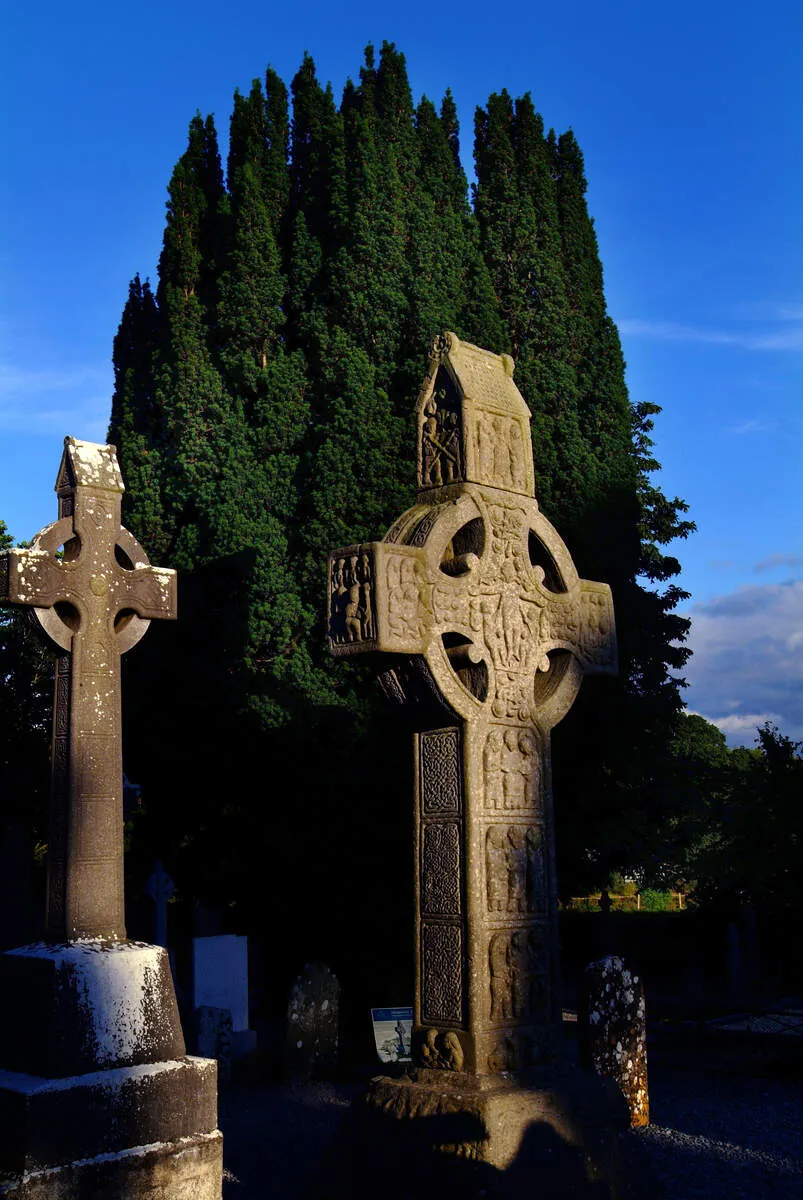
Monasterboice
Early Christian site founded in the 6th century with Muiredach's High Cross (Ireland's finest), round towers, and a historic graveyard.
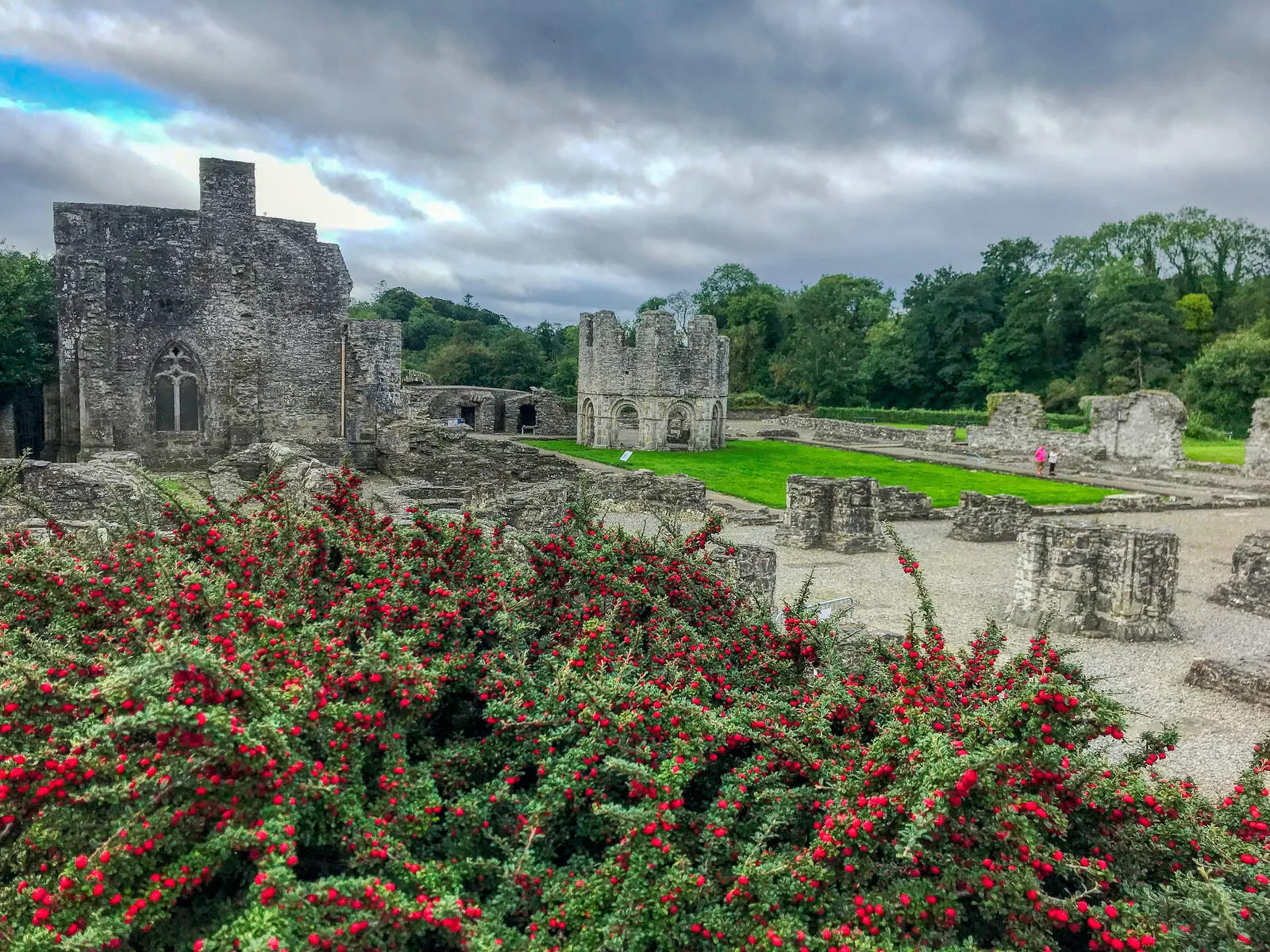
Mellifont Abbey
First Cistercian monastery in Ireland (established 1142). Highlights include monks' chapter house, lavabo, and a visitor centre explaining medieval masonry.
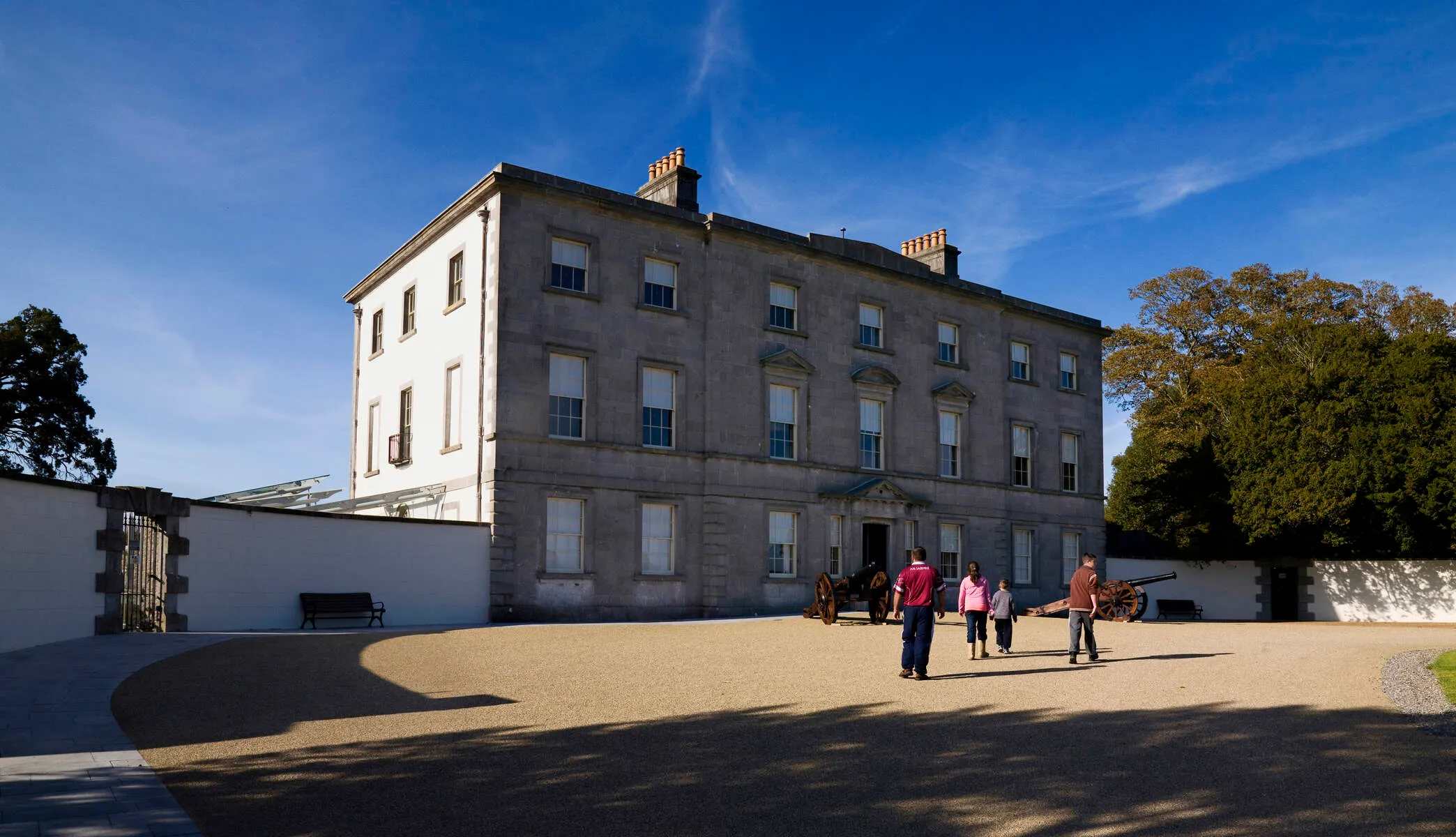
Boyne Valley Battlefield Site (Oldbridge)
Site of the 1690 Battle of the Boyne between William III and James II. Includes Oldbridge House, a heritage site explaining this pivotal event.
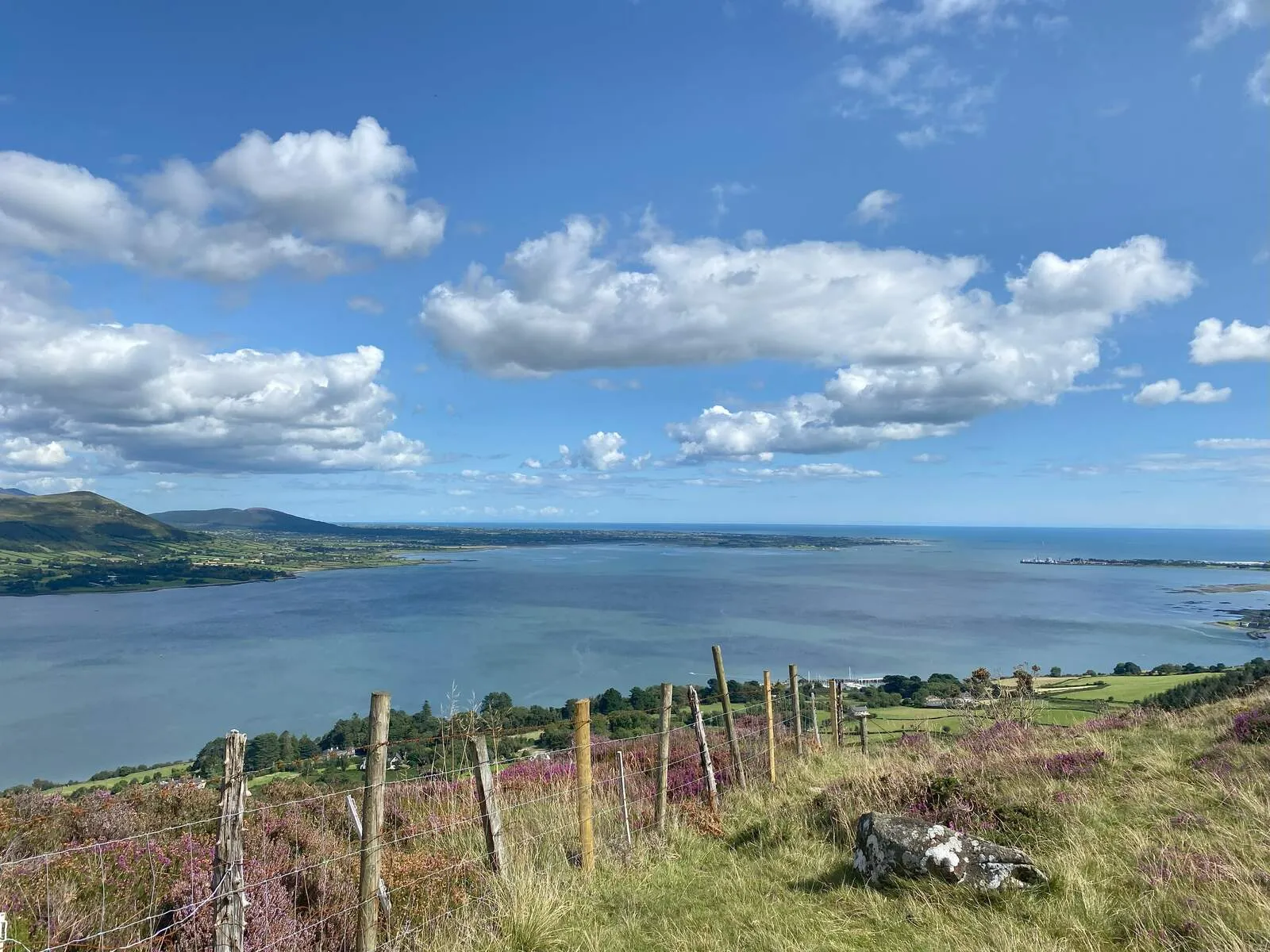
Cooley Peninsula & Clogherhead Cliffs
Natural attraction featuring dramatic coastal cliffs, hiking trails like the Táin Way (40km loop), and views of Slieve Foye Mountain. Includes beaches tied to the Cattle Raid of Cooley legend.
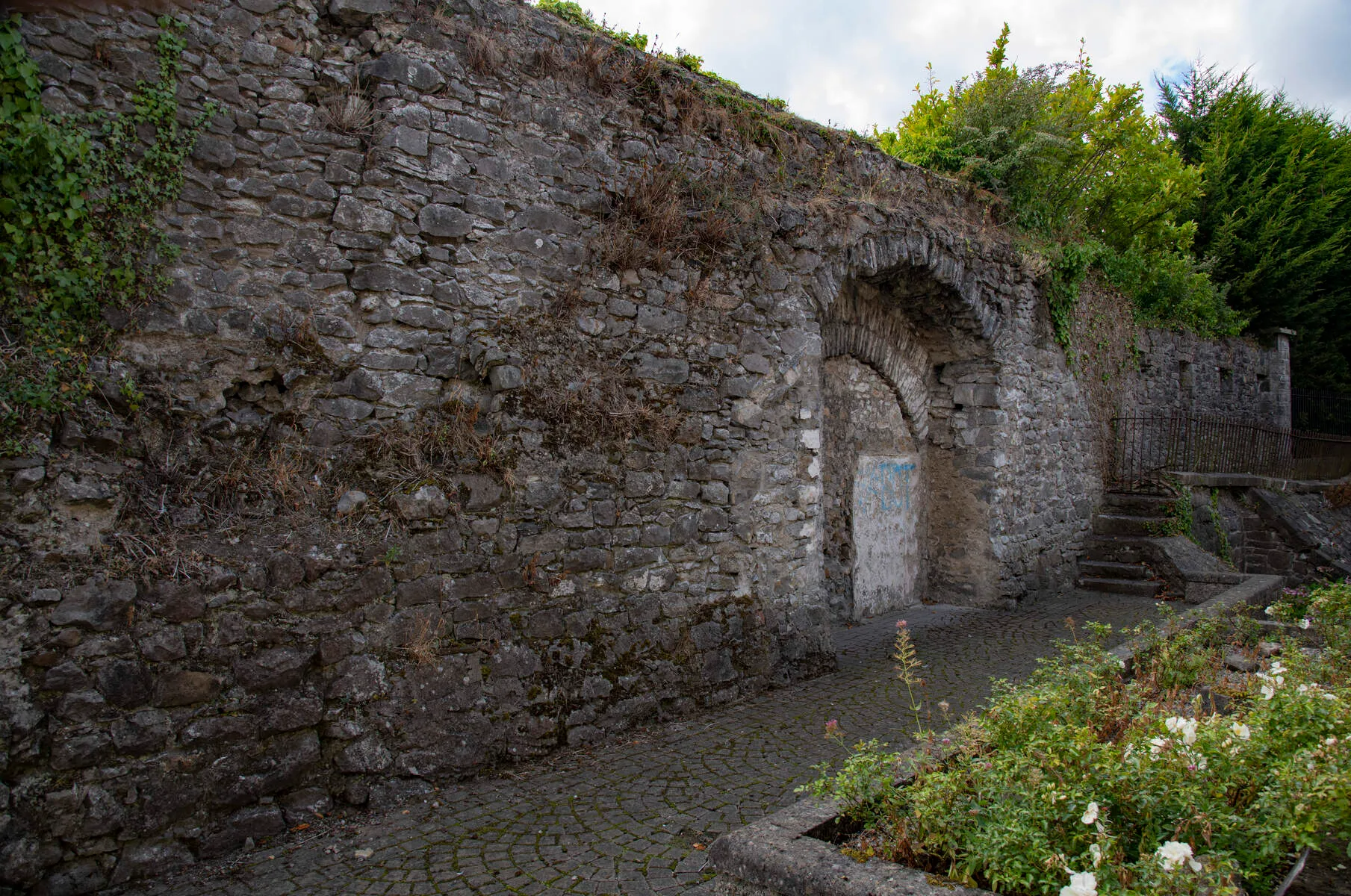
Drogheda Ancient Gates & Walls
Medieval gates like St. Laurence's Gate and Butter Gate, part of Drogheda's 14th-century defenses. Explores remnants of town walls and military architecture.
Carlingford Greenway & Ferry
Scenic cycling/walking trail along Carlingford Lough connecting Omeath to Carlingford. Access the Mourne Mountains via ferry to Greencastle.
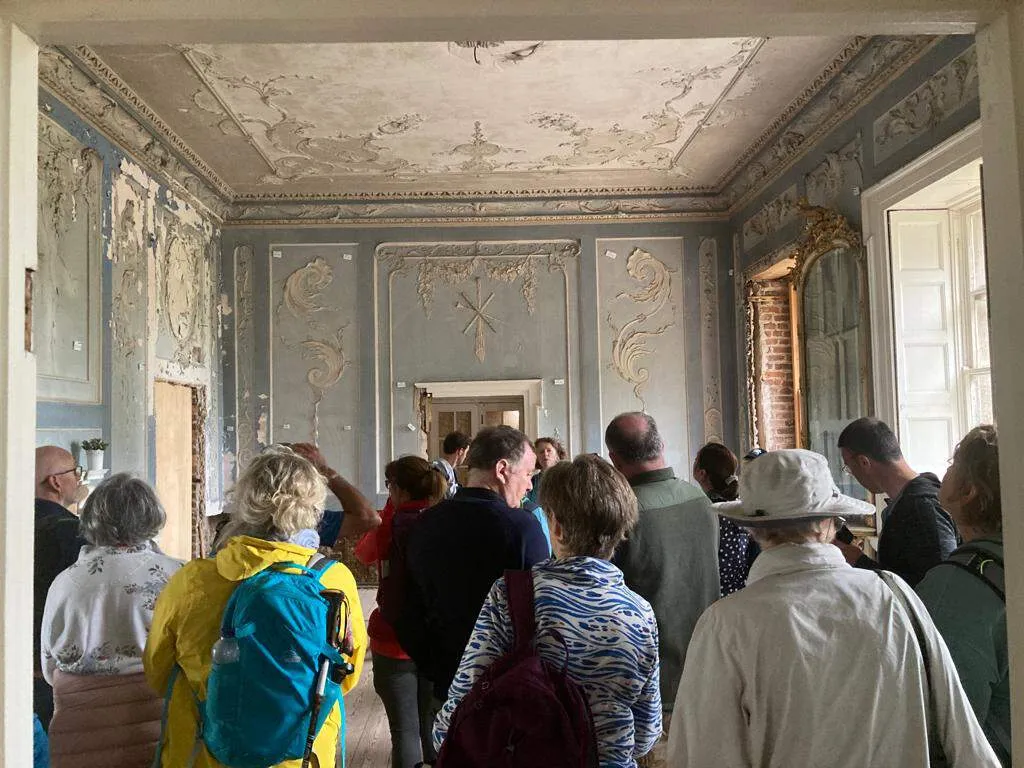
Beaulieu House & Gardens
17th-century unfortified Renaissance house with guided summer tours and historic walled gardens.
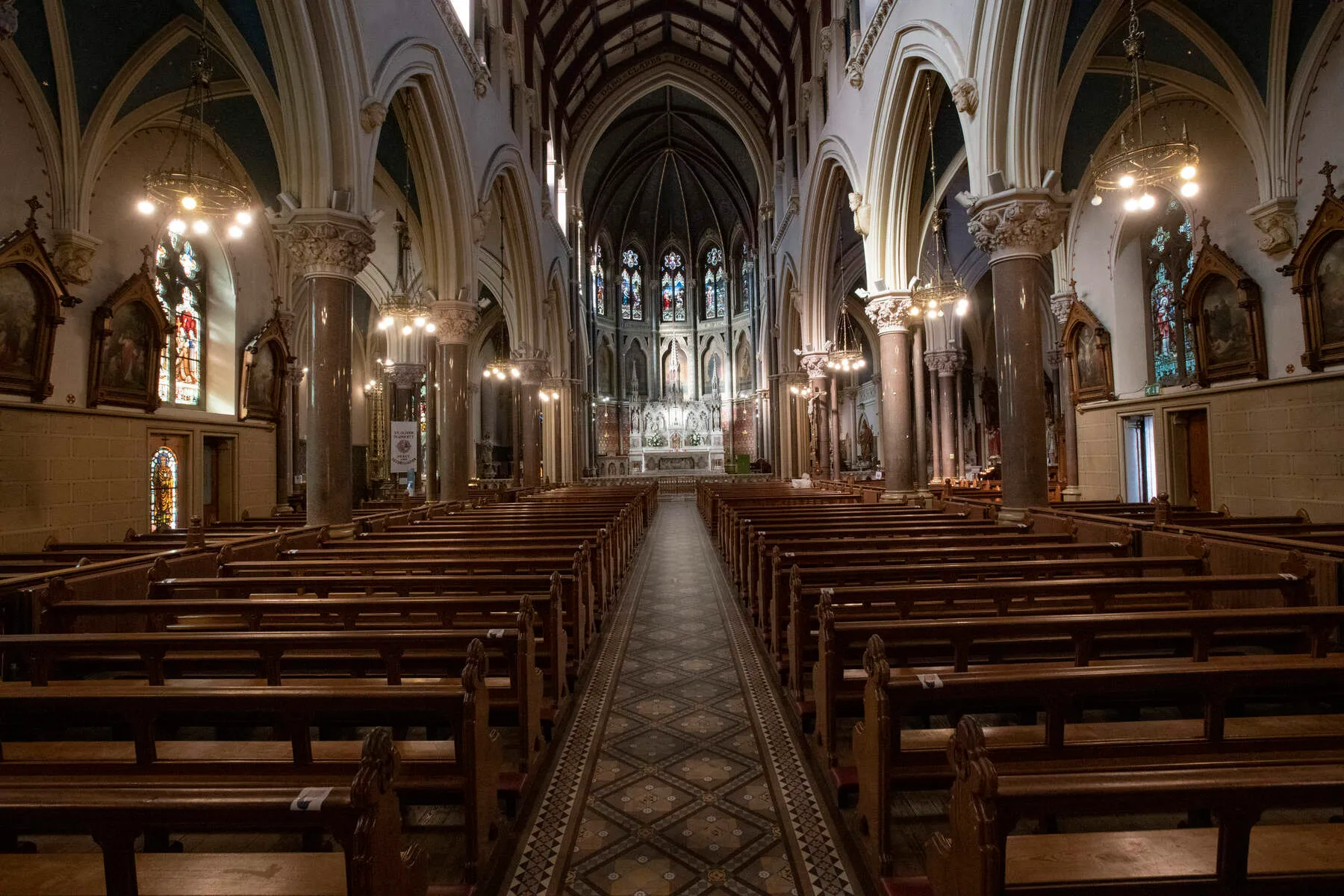
St. Peter's Church
Home to St. Oliver Plunkett's shrine, housing his preserved head. Built in limestone with 18th-century remnants and stained glass.
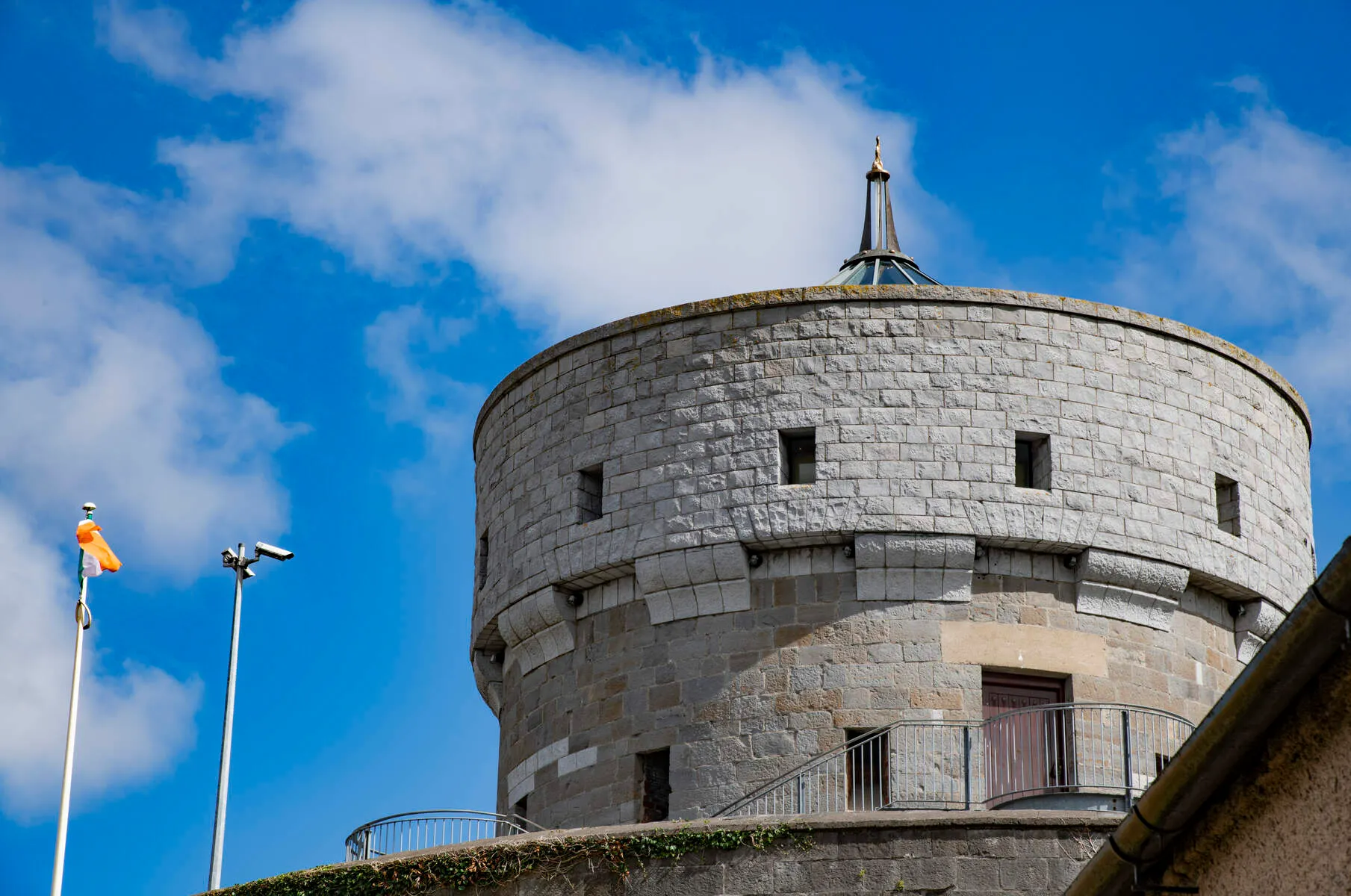
Martello Towers Along Drogheda Coast
19th-century coastal defense forts (part of over 50 in Ireland), visible along the shoreline between Millmount and Bray.
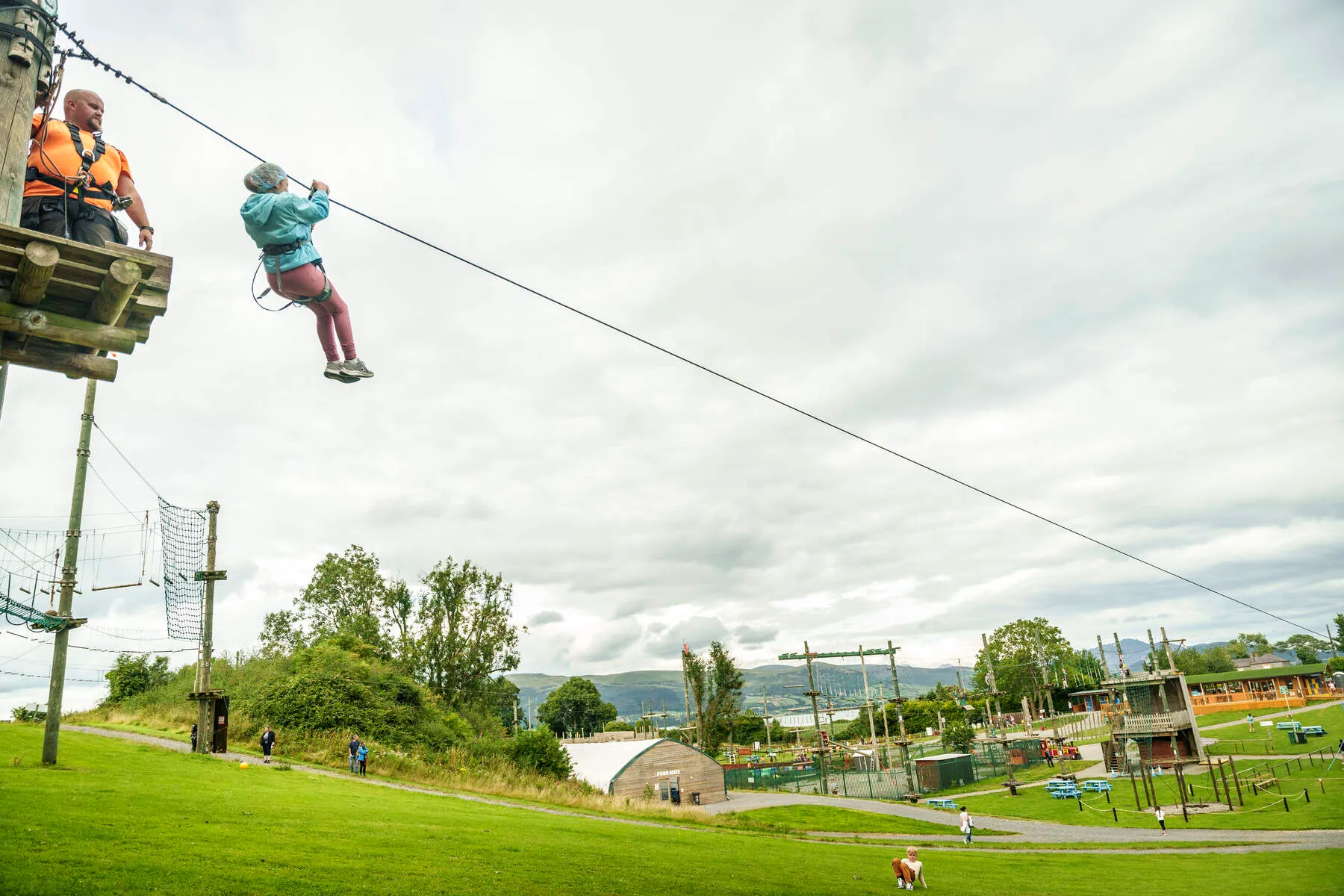
Carlingford Adventure Centre
Outdoor hub offering kayaking, climbing, and ziplining on Carlingford Lough's shores for adventure seekers.
Funtasia Waterpark
Family-friendly waterpark with rides and pools offering aquatic fun for all ages.
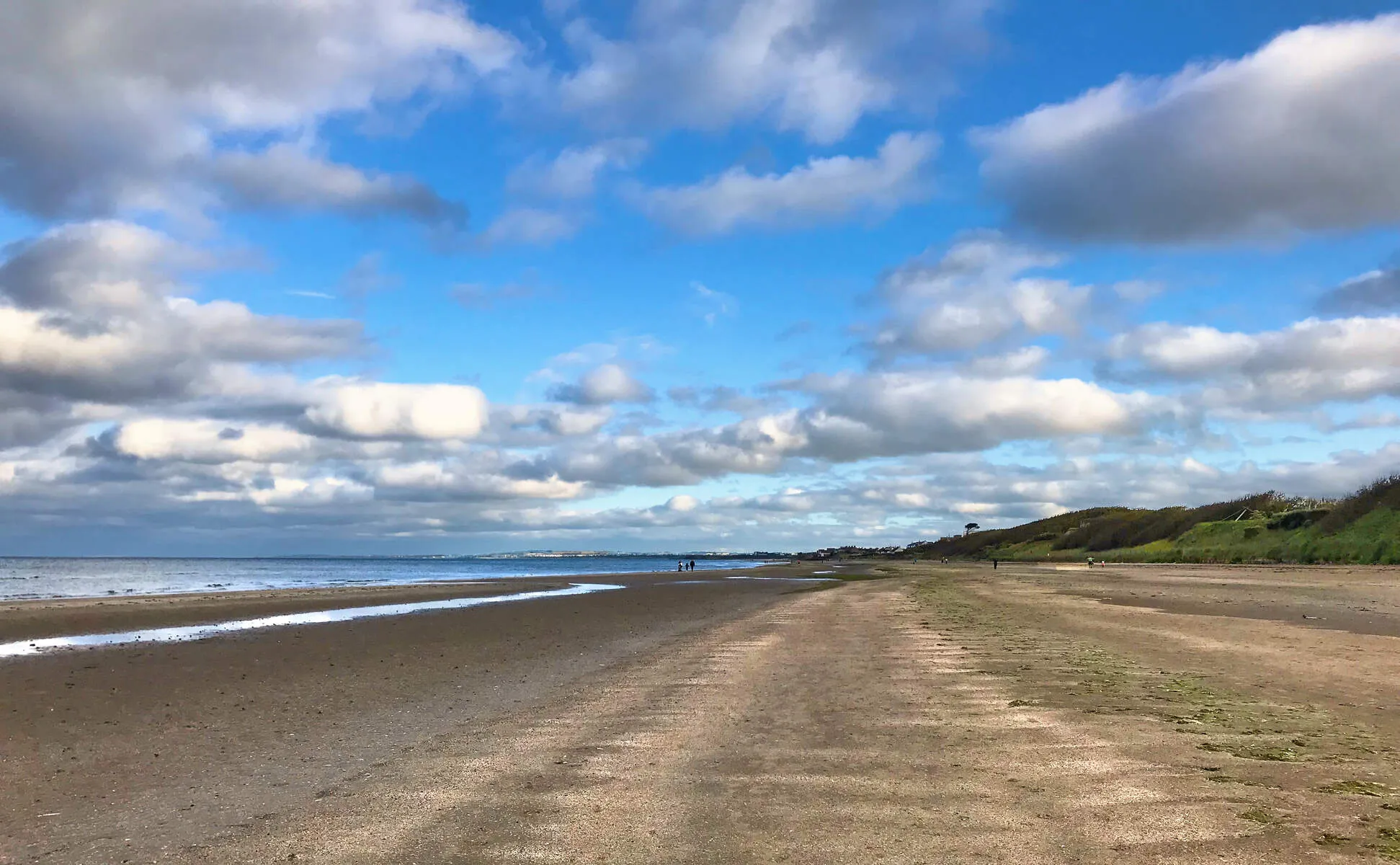
Laytown Beach & Coastal Activities
Sandy beach renowned for surfing and birdwatching. Offers coastal walks and seasonal water sports near the River Liffey mouth.
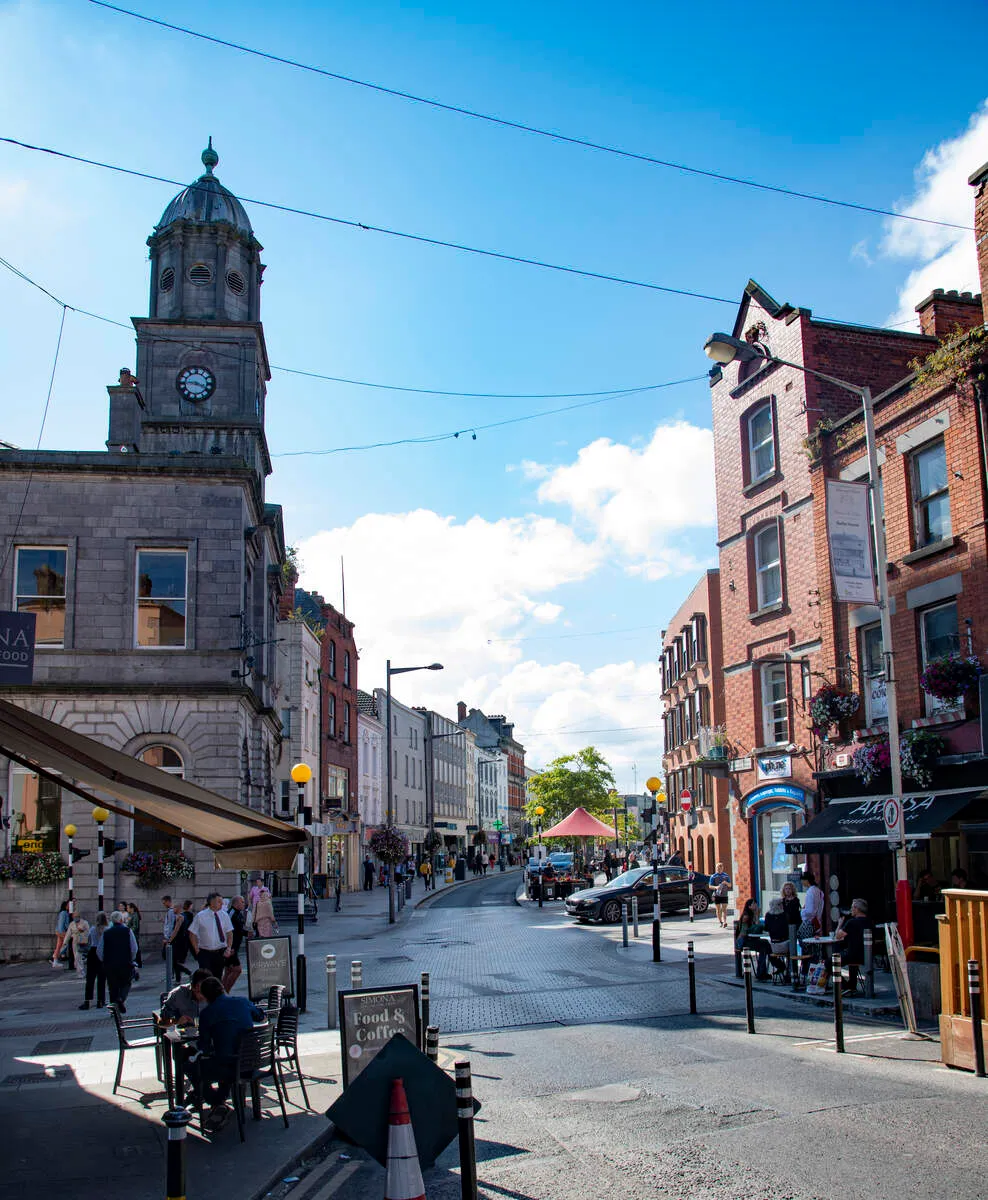
Drogheda Town Walks
Explore themed trails: Five Bridges, Steps, Heritage Trail, and Medieval Mile. Maps available at visitor centers for free exploration.
Getting There
Air
-
The nearest airport is Dublin Airport (DUB), which is about 30 miles (48 km) south of Drogheda.
-
Approximate travel time from Dublin Airport to Drogheda:
-
By car: 30-40 minutes via the M1 motorway
-
By bus and train: around 1 hour, with a bus from the airport to Dublin Connolly Station and then a train to Drogheda MacBride railway station
Rail
-
Drogheda has a railway station (Drogheda MacBride) with regular trains connecting to Dublin's Connolly Station.
-
Train services:
-
Enterprise: northbound to Dundalk, Newry, Portadown, and Belfast Grand Central; southbound to Dublin Connolly
-
Commuter services: southbound to Balbriggan, Malahide, Howth Junction, Dublin Connolly, Tara Street, Dublin Pearse, Dún Laoghaire, Bray, Greystones, Wicklow, and Wexford
-
Approximate travel times:
-
From Dublin Connolly Station: around 30-40 minutes
Bus
-
Drogheda's bus station is located on Donore Road.
-
Bus services include routes to Monaghan and Dublin.
-
Bus Éireann operates regular services from Dublin's Busáras station to Drogheda.
-
Approximate travel times:
-
From Dublin: around 45-60 minutes
Car
-
Drogheda is situated near the M1 motorway, which connects Dublin to Belfast.
-
The town is also on the N1 route.
-
Approximate travel times:
-
From Dublin: around 30-40 minutes via the M1 motorway
-
From Belfast: around 1 hour and 15 minutes via the M1 motorway
Events & Festivals 2025
There are currently no events listed. If you would like to add an event, please contact us.
History
Drogheda's history stretches back to the Mesolithic era, with significant archaeological findings indicating human habitation. The town was formally founded in 911 AD by the Norse Vikings, who established a stronghold and trading post. Later, in the 12th century, it became an important medieval town under the Anglo-Normans, with two separate towns emerging on either side of the River Boyne - Drogheda-in-Meath and Drogheda-in-Oriel.
The division between these two territories originated from the boundary between two Irish kingdoms colonized by different Norman interests. In 1194, King John granted the town its first charter, marking the beginning of a new era for Drogheda. The towns were united in 1412, and Drogheda became a county corporate, earning the title "the County of the Town of Drogheda".
As the centuries passed, Drogheda played host to several pivotal events, including meetings of the Irish Parliament. In 1494, the parliament convened in Drogheda and passed Poynings' Law, effectively subordinating the Irish Parliament's legislative powers to the King and his English Council. This period also saw the construction of impressive structures such as Millmount Fort, which towers over the town, and St. Laurence Gate, a 13th-century gate that still stands today.
One of the most significant events in Drogheda's history occurred in 1649 when Oliver Cromwell besieged and captured the town, leading to the massacre of its defenders and many inhabitants. This dark period was followed by the creation of the Earldom of Drogheda in 1661 and the Battle of the Boyne in 1690, which took place just outside the town.
Drogheda's rich history is also reflected in its many historical sites, including St. Peter's Church, which houses the shrine of St. Oliver Plunkett, an Irish martyr who was hung, drawn, and quartered in 1681. The church's stunning architecture and beautiful stained-glass windows make it a must-visit attraction.
The town's strategic position near the mouth of the River Boyne made it an important center for trade and commerce. In the 18th and 19th centuries, Drogheda developed industrially, with textiles playing a major role in its economy. The town was also home to several notable figures, including T.K. Whitaker, a renowned economist who played a crucial role in Ireland's economic development.
Today, visitors can explore Drogheda's history through its many museums, historical sites, and cultural events. From the Millmount Cultural Quarter to the County Museum Dundalk, there are plenty of opportunities to delve into the town's fascinating past and discover its unique heritage. Whether you're interested in history, architecture, or culture, Drogheda has something to offer, making it a compelling destination for anyone looking to explore Ireland's rich history.